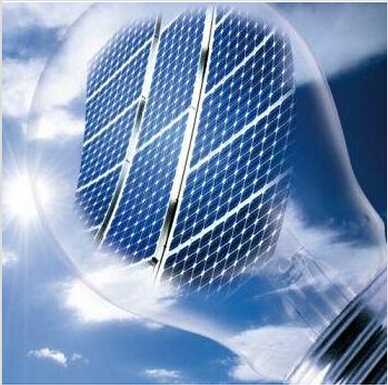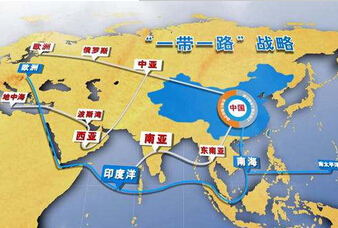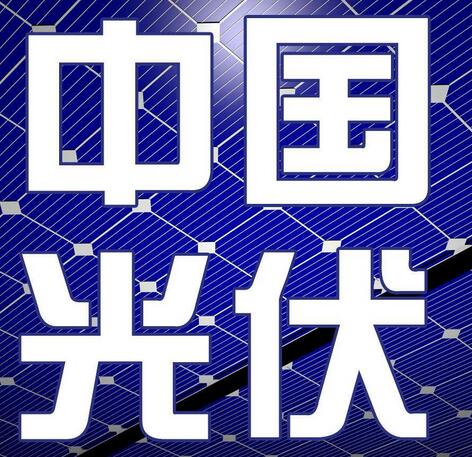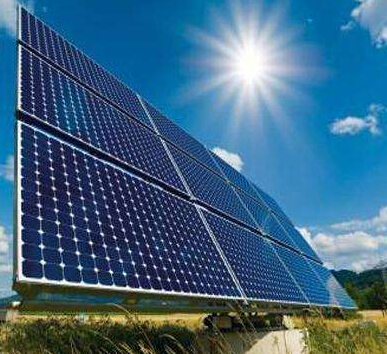In recent years, with the continuous expansion of the scale of photovoltaic power generation in China, the pace of technological progress and cost reduction have accelerated significantly. In order to promote the healthy and sustainable development of the photovoltaic industry, improve the quality of development, and accelerate the subsidy retreat, the relevant issues of photovoltaic power generation in 2018 are hereby notified as follows.
I. To reasonably grasp the development pace and optimize the new construction scale of photovoltaic power generation
(1) According to the actual development of the industry, the scale of general photovoltaic power plant construction in 2018 will not be scheduled. Before the State has issued a document to initiate the construction of an ordinary power station, all localities must not arrange the construction of an ordinary power station requiring state subsidies in any form.
(B) regulate the development of distributed photovoltaics. This year, about 10 million kilowatts will be allocated to support the construction of distributed photovoltaic projects. Considering that distributed photovoltaics have been built this year, it is clarified that distributed photovoltaic power generation projects that are connected to the grid before May 31 (inclusive) before are included in the scope of nationally recognized scale management, and are not included in projects that are within the scope of nationally recognized scale management, and are supported by local authorities according to law. .
(c) Support PV for poverty alleviation. We will implement accurate poverty alleviation and accurate poverty reduction requirements, and steadily advance PV poverty alleviation work. Under the premise of implementing implementation conditions and conducting strict audits everywhere, we will promptly release the second batch of photovoltaic poverty alleviation project plans during the “13th Five-Year Plan” period.
(4) Orderly advance the construction of photovoltaic power generation leading base. This year we will look at the control of photovoltaic power generation again.
(E) Encourage all localities to support the development of the photovoltaic industry based on their respective actual policies for the introduction of photovoltaic power generation projects of various types that do not require state subsidies.
Second, accelerating the subsidy for photovoltaic power generation and reducing the intensity of subsidies
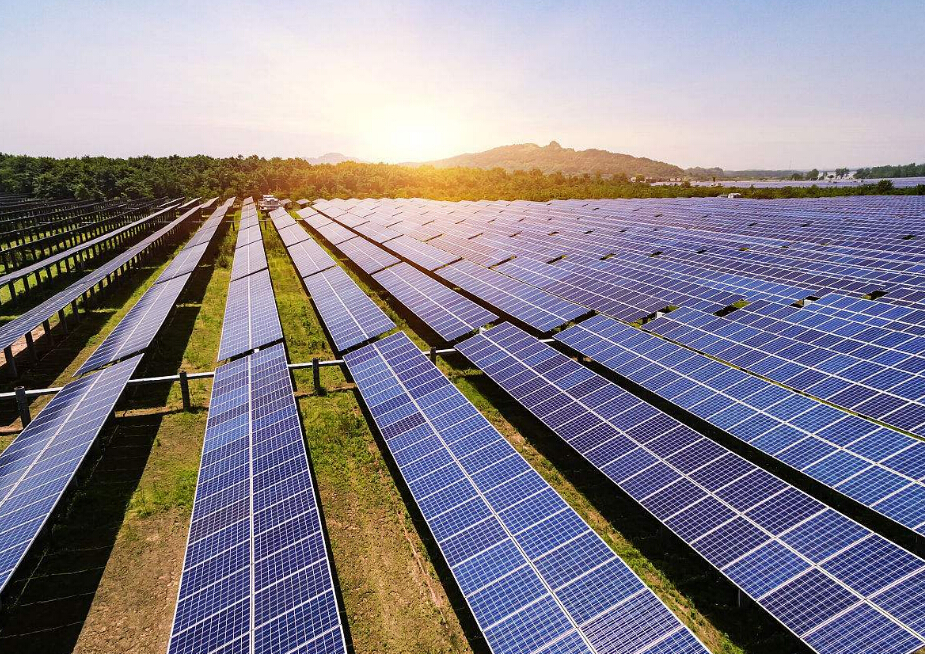
Improve the electricity price mechanism for photovoltaic power generation and accelerate the reduction of photovoltaic power generation price.
(1) From the date of self-approval, the on-grid tariffs for newly-input photovoltaic power stations will be uniformly reduced by 0.05 yuan per kilowatt-hour, and the on-grid tariffs for class I, II, and III resource zones will be adjusted to 0.5 per kilowatt hour respectively. Yuan, 0.6 yuan, 0.7 yuan (tax included).
(2) From the date of self-approval, newly-deployed, distributed photovoltaic power generation projects adopting the “self-occupied, surplus power-on-grid” model, the full power tariff subsidy standard will be reduced by 0.05 yuan, ie, the subsidy standard will be adjusted to one kilowatt per kilowatt. 0.32 yuan (tax included). The distributed photovoltaic power generation project adopting the “full-on-line” model is executed at the price of the photovoltaic power station in the resource area where it is located. The distributed photovoltaic power generation project waives all types of governmental funds and additional, system reserve capacity fees and other related grid service fees levied with electricity prices for self-use electricity.
(3) The benchmark price of village-level photovoltaic power plant (0.5MW and below) that meets the national policy remains unchanged.
Third, play a decisive role in the allocation of resources in the market, and further increase the intensity of market-oriented allocation projects
(1) All ordinary photovoltaic power plants must determine project owners through competitive bidding. The price determined by tendering shall not be higher than the marked on-grid tariff after price reduction.
(II) Actively promote the marketization of distributed photovoltaic resource allocation, encourage local governments to introduce competitive bidding methods, allocate distributed photovoltaic power generation projects other than household photovoltaic, and encourage local governments to increase the marketization of distributed power generation.
(3) When various regions and projects carry out competitive allocation, the on-grid price should be regarded as an important competitive preference, and unfair competition and price-limit competition are strictly prohibited to ensure full competition and construction quality. The provincial-level energy authorities shall promptly copy the items determined by the competition method and the amount of on-grid electricity price or electricity subsidy to provincial-level prices, the financial authorities, and the National Energy Administration to dispatch the regulatory agencies.
















 RCCN WeChat QrCode
RCCN WeChat QrCode Mobile WebSite
Mobile WebSite